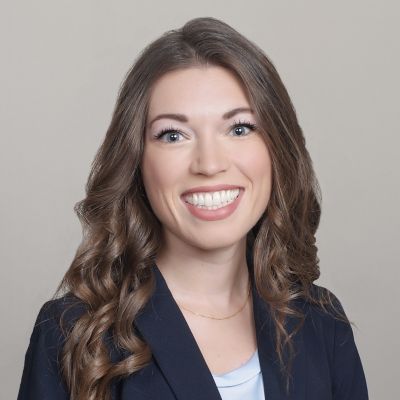
Gillian Desmarais
Harmony Learning Center
Maplewood, Minnesota
The music program at Harmony Learning Center is among the first in the state to offer music production and engineering for students. “It would be my dream to see more programs like this available, especially for students in underserved communities or for students with disabilities,” says K-12 Music Technology and Engineering Instructor Gillian Desmarais. “I look forward to continuing this important work and building resources for teaching music technology in public schools.”
Desmarais’ class is equipped with sound tech, computers, electronic multi-button controllers and a recording studio. To garner the funds for this equipment, she approached her principal with proof of research, a sample curriculum, long-term goals for students and an outline of expenses. “Providing all this documentation seemed like a lot, but it ultimately gave her enough material to approach other administrators and make a collective decision on the investment,” Desmarais explains. “Within weeks I was approved and could start planning out my dream classroom!”
Because many of her students have moderate to severe disabilities, Desmarais can provide unique accommodations for them by using technology. “For example, with the Launchpad Pro, I can arrange LED colors and patterns of root notes and scales in a variety of combinations. With this advantage, students can improvise, create chord progressions and design melodies without having to work through additional learning barriers,” she explains.
Her students strongly identify with the music and artists they listen to, especially hip hop. Through the lens of production and engineering, Desmarais filters out inappropriate content by creating deconstructed versions of songs. Students learn musical concepts by re-creating parts, remixing, redesigning timbres and so much more.
A popular unit in Desmarais’ class focuses on lyric writing. By the time the unit begins, her students have already deconstructed over 20 popular songs and have been making a lot of new music in the process. “Many students expressed the desire to write lyrics, but they honestly didn’t know how to clearly organize their thoughts. That’s when I decided to build a series of interactive worksheets that students could use to practice rhyming words, develop hooks and find their rhythmic flow,” she says. “Once they mastered the process, they were able to make it their own. After the unit, a lot of students continued to independently write and asked to collaborate with other students. It was a great experience!”
Desmarais considers the bulk of her students to be “non-traditional music students.” This term, as defined by David Brian Williams (2012), describes students who don’t participate in traditional performing ensembles and might not read music notation, but who might sing or play an instrument and aspire to a career in the music industry. By teaching via digital audio workstations (DAW), Desmarais opens a door to a world of instrument sounds for recording and redesigning as well as a workspace to capture and manipulate musical ideas. “By creating relevant original music, students gain confidence in their abilities and find meaning in sharing their art with others. It gives them a voice and I’m grateful to be part of that journey,” she says.
In addition to teaching, Desmarais carves out time to create music. “Four days a week, I try to take a few hours after school to compose, improvise on synths, or play through traditional repertoire. I try to treat it like exercise. By exercising, I can keep those muscles strong for when I really need them. It’s also wonderfully therapeutic,” she says.








